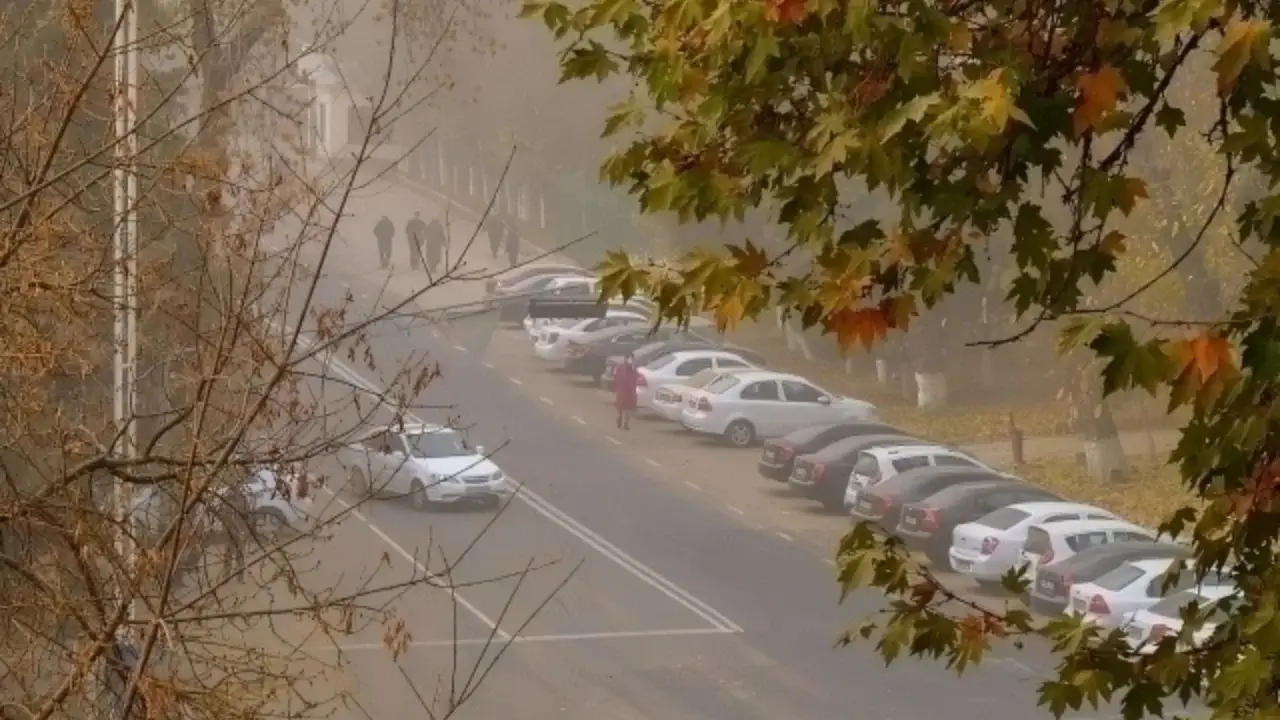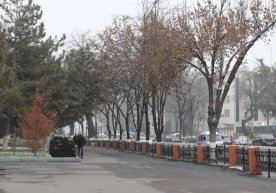Tashkent air pollution: Why did it happen and what consequences are expected?

On September 21, a record for atmospheric pollution was recorded in Tashkent. The Ministry of Ecology, Environmental Protection, and Climate Change has provided clarifications on this issue. Experts explained the causes and potential consequences of this pollution.
Main cause of pollution
On September 21, a low-pressure area formed in the republic, causing temperatures to rise to 34-35 degrees in Samarkand, Jizzakh, Syrdarya, and Tashkent regions. As a result, in the southern areas of Tashkent, the temperature exceeded 35 degrees. This process was intensified by the arrival of a cold anticyclone, which raised the atmospheric pressure to 1028 hPa.
Western wind and dust storm
The wind started to blow from the west, and this led to a dust storm reaching Tashkent on September 22. Dust masses from the Aydarkul and Kyzylkum regions arrived in Tashkent, causing an increase in the concentration of fine particles PM2.5 and PM10 in the air. According to measurements by Uzhydromet, the concentration of PM2.5 particles reached 142 µg/m³, which is four times higher than the national standard.
Situation and risks for Tashkent
In the evening of September 22, the concentration of PM2.5 and PM10 particles continued to rise, affecting the temperature. Especially in Tashkent International Airport, visibility was reduced to 4000 meters due to dust. These fine particles are negative consequences, as they not only damage people's respiratory systems but also pose long-term health risks.
Forecast and likelihood of worsening
According to Uzhydromet, the accumulation of fine particles will continue in Tashkent from September 23 to 24, and due to inversion, their number may increase. With the increase in atmospheric pressure in the anticyclone zone, a slow process of air purification is expected, but it will not happen quickly. Furthermore, on September 24, the anticyclone may completely retreat, and a new low-pressure atmospheric process may lead to gradual air purification.
Time needed for air quality recovery
The information about the pollution in Tashkent highlights the issues related to pollution and the environmental risks posed to the population. The main risks are the dust and chemicals that threaten people's health. To clean the air in Tashkent, significant changes in temperature and atmospheric processes will be needed, which will take time and specific conditions.
It is important for every citizen to pay attention to air quality, participate in environmental protection, and take ecological measures.
Read “Zamin” on Telegram!





















